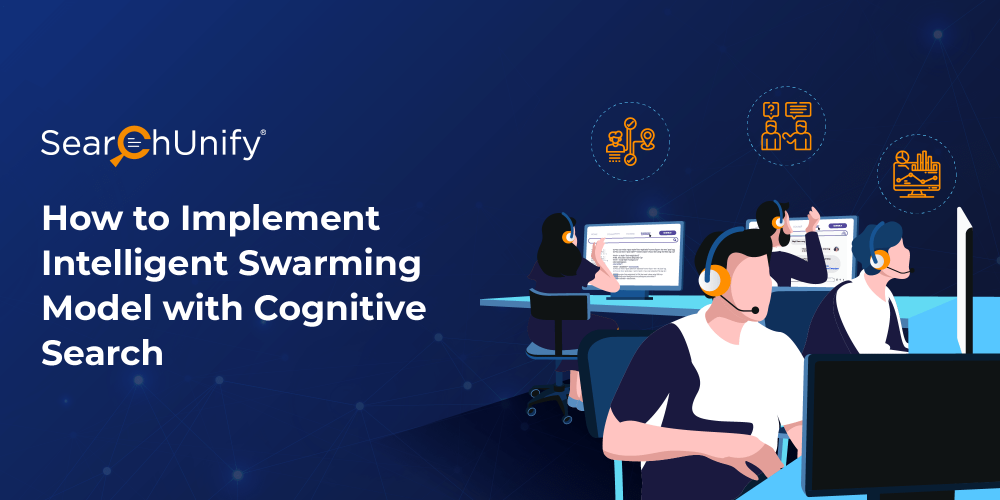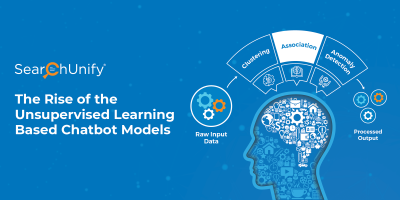
“We have eliminated the word ‘escalation’ from our vocabulary,” said Marco Bill-Peter, VP of Global Support Services – Red Hat.
Steve Young, former Service Business Transformation – Cisco, talked about “playing catch, not ping-pong,” and the objective of “the first person to work on a customer issue [case or incident] is the right person to resolve it.”
These are just two of many businesses that are reimagining how work is assigned to resources. The traditional support model has reached the end of the road. Meanwhile, an emerging methodology that formalizes collaboration & optimizes workflow is gaining momentum. It’s called Intelligent SwarmingSM (IS).
Since you’re still here, I’m assuming that you know a fair bit about intelligent swarming and how it adds value to a firm while driving KCS. If that’s not the case, I’d recommend going through an earlier post for a quick rundown of the basics.
For those who got the basics covered, let’s get this party started!
Attributes of Successful IS Implementation
It’s a known fact that swarming is a relatively newer support model. As a result, many firms don’t know for sure if they’re going about it the right away. So today, I’m going to shine a little light on some indicators of being on the right track. They are listed below.
- Support organization operates as one cohesive unit that collaborates to solve problems (no tiers or levels of support, no escalation)
- The first person to take a request is most likely to resolve it (intelligent matching and people profiles)
- Ownership of a request is not transferred even if others are roped in
- People can easily find the best person(s) to help with their request
- People can see everything that is relevant to them (based on their skills and interests)
- People volunteer to help or opt-in for relevant work
- Creation of value, not activity count, is measured by individuals and teams
- Managers are collaboration coaches & facilitators, not “owners” of teams or judges
| Traditional Tiered Support Model | Intelligent Swarming Model |
|---|---|
| Silos and hierarchy | Network |
| Directed | Opt-in |
| Pre-defined & linear process | Emergent, loopy processes |
| Escalation based | Collaboration based |
| Measure activity | Measure value creation |
How Cognitive Search Helps Pilot the Model
Not-so-surprisingly, the new modus operandi doesn’t align with every organization’s workflows and people. The reason is the emergence of a rigid hierarchy among tiers. This creates arbitrary borders that can only be crossed by escalation.
The transition to a swarming model isn’t easy. It requires tearing down the existing structures of hierarchy and instating a new approach to achieve a fresh set of objectives. Sounds like a lot, doesn’t it? Sure does, it is a paradigm shift after all.
This is where emerging technologies like cognitive search lend a helping hand by smoothening the long road ahead.
1. Allocating Requests to Best People
One of the biggest cornerstones of intelligent swarming is that the first person who takes a request should stand by its side until resolution. Well, one way to go about it is by ensuring that the request is assigned to the most qualified resource for the said request.
Some cognitive engines come with smart routing. It analyzes all incoming requests and redirects them to the people who’ve successfully answered similar requests in the past. This skillset matching helps provide speedy assistance to distressed customers.
2. Enabling Real-time Collaboration
Collaboration is the holy grail of IS. Practices like ad-hoc desk visits and pinging on messengers etc. no longer suffice because knowledge workers don’t always know who can help them. This alleviates productivity and leads to unnecessary delays.
Some cognitive search vendors have found a solution. They’ve managed to ingrain the element of collaboration within the workflows via search-powered apps. These apps reveal a lot of information pertaining to a request like top related requests, top SMEs, top articles, and so on. This is how collaboration becomes a part of the workflow.
3. Helping Managers with Actionable Insights
The Consortium of Service Innovation noted that a successful swarming team needs managers that also don the hat of a collaboration coach. But who needs to be coached? This is where cognitive engines help again.
They come with rich dashboards that provide a bird’s eye view of how knowledge workers are doing. It also reports resolved created cases and resolution time that helps managers to zero-down on problematic areas and iron out the rough edges.
4. Capturing Knowledge Proactively
IS helps in finding solutions to new problems. But if this newfound resolution isn’t documented, the team will have to reinvent the wheel next time something similar crops up. Unfortunately, not many knowledge workers like to stop and create a KB article.
Fret not, cognitive engines got you covered. With active NLP models, the engine processes the devised resolution and automatically populates a knowledge article on a predefined template. As a result, a relevant document is ready on the go! This also helps with KCS initiatives.
5. Measuring Value & Quality Created
I’ve observed that a lot of organizations focus on quantity over quality i.e. count the number of articles created. That is a bad idea. It’s like manufacturing something with no insight into the market conditions or response. Just counting the production isn’t enough.
Insights engine of cognitive solutions can help. It quantifies how useful your content is turning out to be. This helps identify good performing pieces and accordingly formulate a strategy. It also helps the management to identify any gaps in content and effectively bridge them.
The Bottom Line
It is beyond a shred of doubt that intelligent swarming is an emerging practice. It is a significant change that might take a while to implement and drive value from. There are a lot of lessons in store on how to make it work and what ditches to avoid.
But one thing is clear. If your organization feels the legacy support model no longer cuts it and collaboration is the way to go, adding a cognitive search can surely be the icing on the cake.
Want to implement KCS successfully in your organization? Here’s an e-book for you!
Intelligent Swarming takes care of all the unreported issues that reach your support organization. Similarly, KCS ensures that every known issue is deflected or resolved in a jiffy. Cognitive search can help with that as well. This e-book explains!














